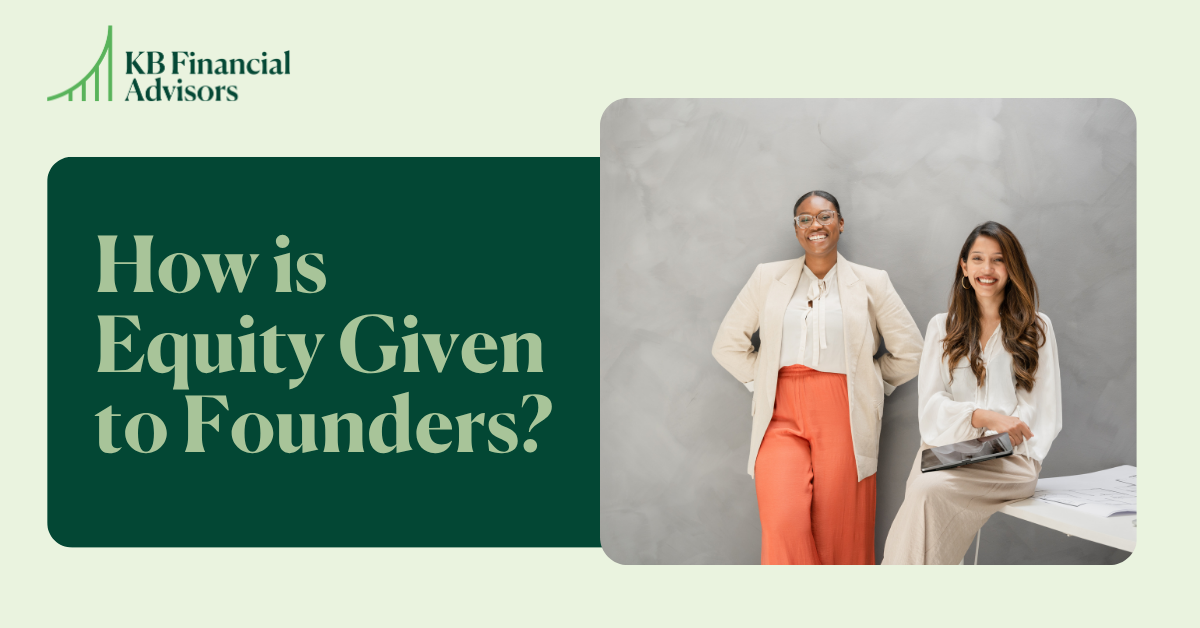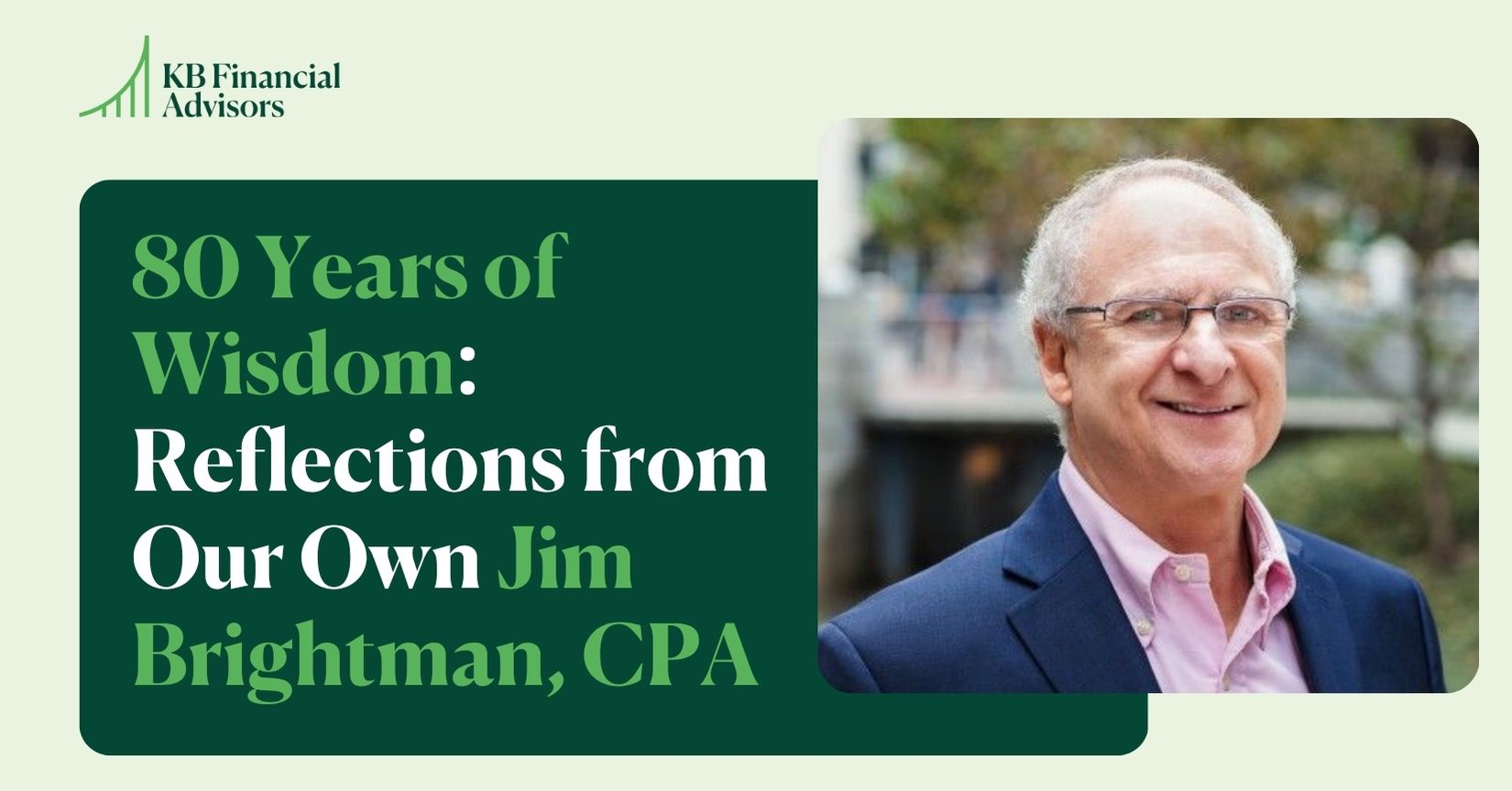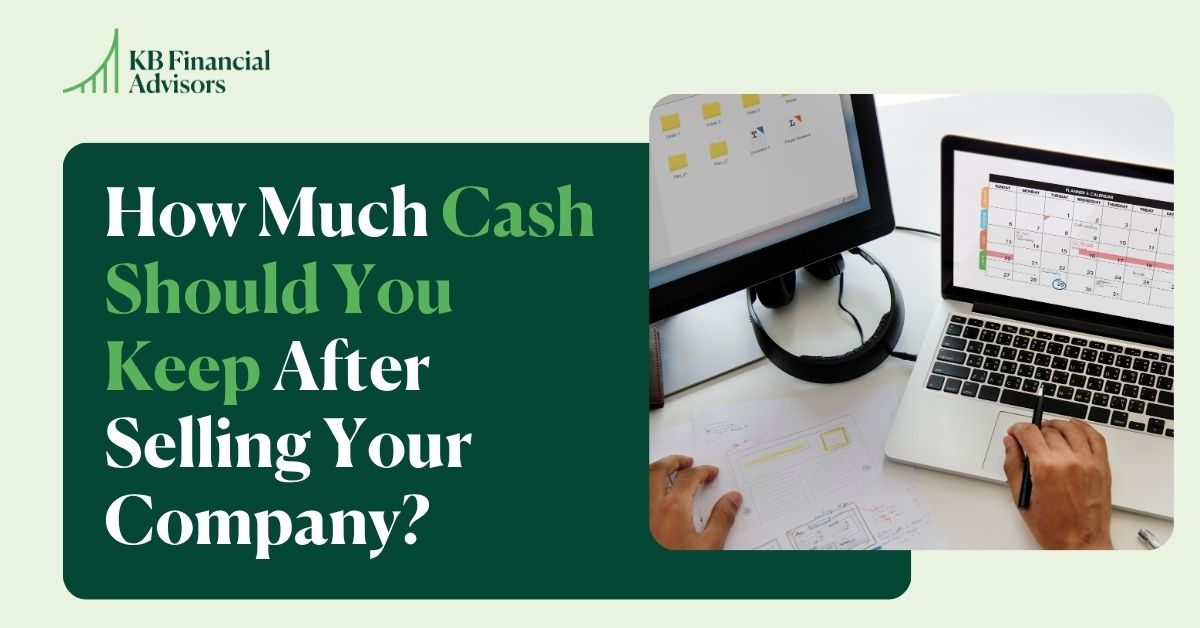If you’re a founder, you probably know you’ll own equity in your company.
But what that actually looks like—and how it changes over time—isn’t always obvious.
It doesn’t stay the same from Day 1 to exit. It evolves as your company grows, raises funding, and brings in outside investors.
And depending on how your equity is structured, the tax consequences can vary a lot.
Let’s break down how is equity given to founders, what to watch out for with QSBS, and how one founder’s journey unfolded over nearly a decade.
First Up: Founders Start With Shares
When you start a company, the first equity you get is usually called founder shares.
These are actual shares of the company, issued early, often before any outside funding comes in. They’re usually priced at a fraction of a penny per share because, well, the company is brand new and not worth much yet.
These shares represent real ownership. If you hold onto them and the company takes off, they could be worth a lot someday.

And while there’s not much planning to do at this point, one thing is worth paying close attention to from the very start: QSBS.
What’s QSBS, and Why Does It Matter?
QSBS stands for Qualified Small Business Stock, and it can mean huge tax savings later down the road.
If your founder shares qualify, you may be able to exclude up to $10 million in capital gains when you sell those shares down the line.
In some cases, it can be 10x your cost basis instead. But for most founders, the shares cost next to nothing to acquire, so the $10M exclusion usually applies.
Here’s what has to line up for your shares to qualify as QSBS:
- The company is a U.S. C corporation
- At the time the shares were issued, the company had less than $50 million in assets
- You hold the shares for at least five years
That last point—the five-year holding period—is the one that trips people up most often.
But if your shares meet the criteria, the potential savings can be huge.
Then Come the Stock Options
As your company grows, your equity picture may shift. In later rounds, founders often receive stock options in addition to their original shares.
Stock options come in two flavors:
- ISOs (Incentive Stock Options): ISOs are a bit more favorable tax-wise, but they come with strings attached. You have to meet certain holding periods, and you can only vest up to $100,000 worth per year to stay within the ISO rules. If you follow the rules, you may qualify for long-term capital gains treatment instead of regular income tax.
- NSOs (Non-Qualified Stock Options): NSOs are more flexible but less tax-friendly. When you exercise them, you pay ordinary income tax on the difference between the strike price and the current value. Still, companies often use NSOs when grants are large or complex… like when ISOs would exceed the $100K annual limit.
(We have full pages on our website about ISOs and NSOs, so make sure to check them out.)
Many founders end up with a mix of both, especially if the grant value exceeds the $100,000 annual limit for ISOs. It’s common to see a split grant between ISOs and NSOs.
And Eventually, RSUs
As the company matures—think late-stage growth or preparing for IPO—it may switch from granting stock options to RSUs.
This is the third common type of equity founders might receive, and it works a bit differently.
RSUs are essentially a promise: you’ll receive actual shares in the future, but only once certain conditions are met—like staying employed for a set amount of time or hitting a specific milestone. You don’t pay anything upfront, and there’s no decision to exercise. The shares are simply granted and then taxed as they vest.
Here’s the tradeoff: RSUs are taxed as ordinary income based on the value of the shares at the time they vest. That means you don’t have much flexibility in terms of tax planning, unlike with stock options.
Real Example: What This Looks Like Over Time
So if you’re keeping score: most founders start with shares, may receive stock options as the company raises money, and eventually end up with RSUs as things mature.
Let’s walk through a real client’s timeline to show how all this plays out:
Year 0:
Two co-founders launch a company as an LLC, each owning 50%.
Year 2:
The company raises a seed round and converts to a C corporation.
Founders are issued shares at a fraction of a penny per share.
The company is U.S.-based and has under $50 million in assets, so these shares may qualify for QSBS.
The five-year clock starts now.
Year 6:
The company raises a Series C round. The founder sells some shares in a secondary (first liquidity event).
But it’s only been four years since the C corp shares were issued, no QSBS yet.
The sale is taxed as a long-term capital gain.
Year 8:
A Series D round brings another secondary. This time the founder’s shares qualify for QSBS, and the federal capital gains tax is zero.
(Some states don’t follow QSBS rules, so there’s still state tax in this case.)
The founder also receives their first stock option grant—a mix of ISOs and NSOs.
Year 9:
The company raises a Series E round, with a third secondary. This one also qualifies for QSBS treatment.
The founder receives their first RSU grant, adding another layer to their equity mix.
What to Take Away from All This
Founders don’t just get one type of equity and call it a day.
Over time, your ownership can include:
- Founders shares
- Stock options (ISOs and NSOs)
- RSUs
And each comes with different timelines, tax rules, and planning opportunities.
One of the most important things to track—especially early—is whether your founder shares qualify for QSBS. The potential tax savings are real, but only if the details line up and it’s properly reported.
After a liquidity event, the focus shifts to how to invest that money, and how your remaining equity fits into the rest of your financial picture.
That’s the kind of long-term planning we help founders navigate.
📘 Want to go deeper?
Check out our post on Selling Founder Shares or reach out if you want help figuring out your own equity story.
You can book a quick call with one of our team members any time.
Until next time!




